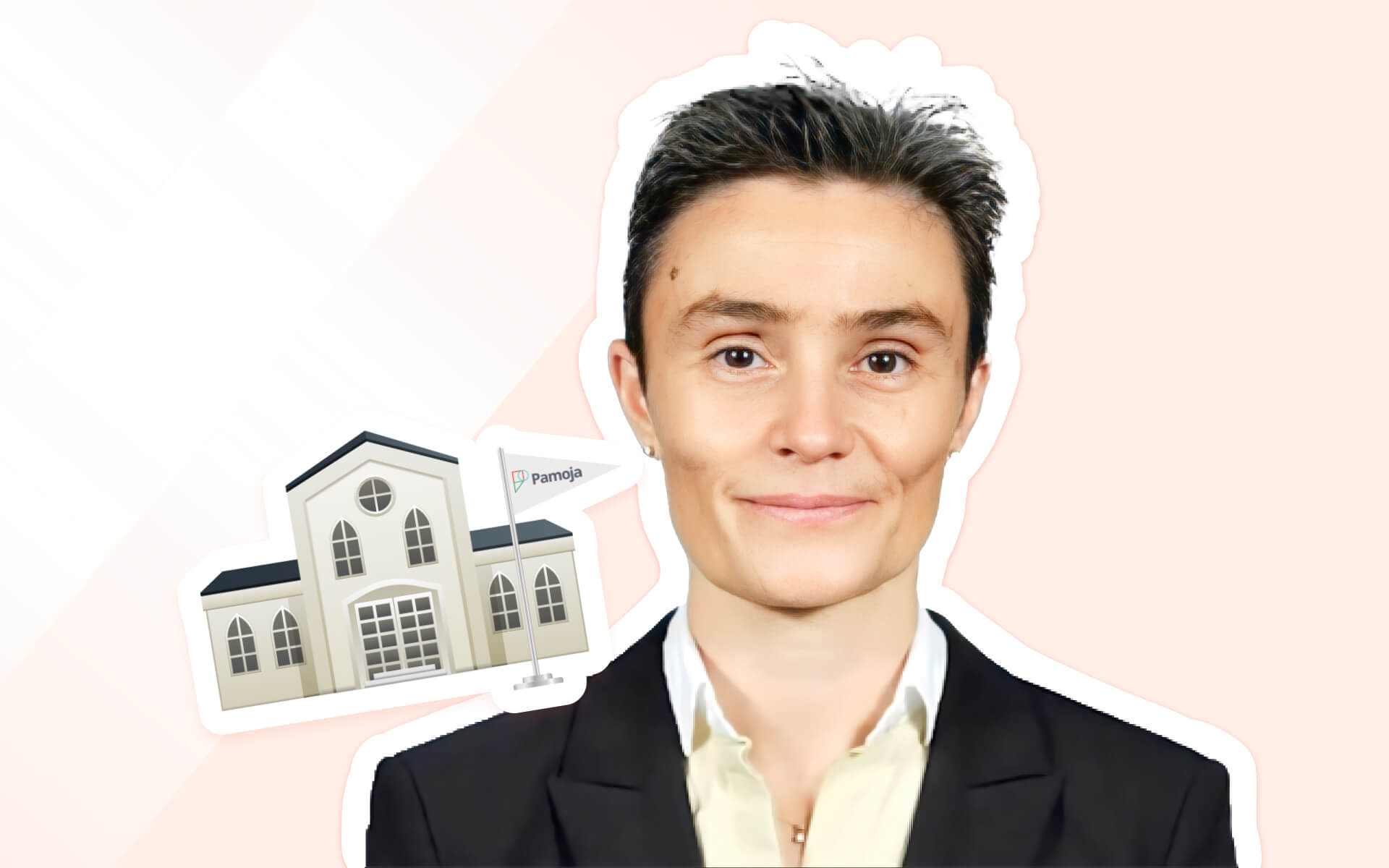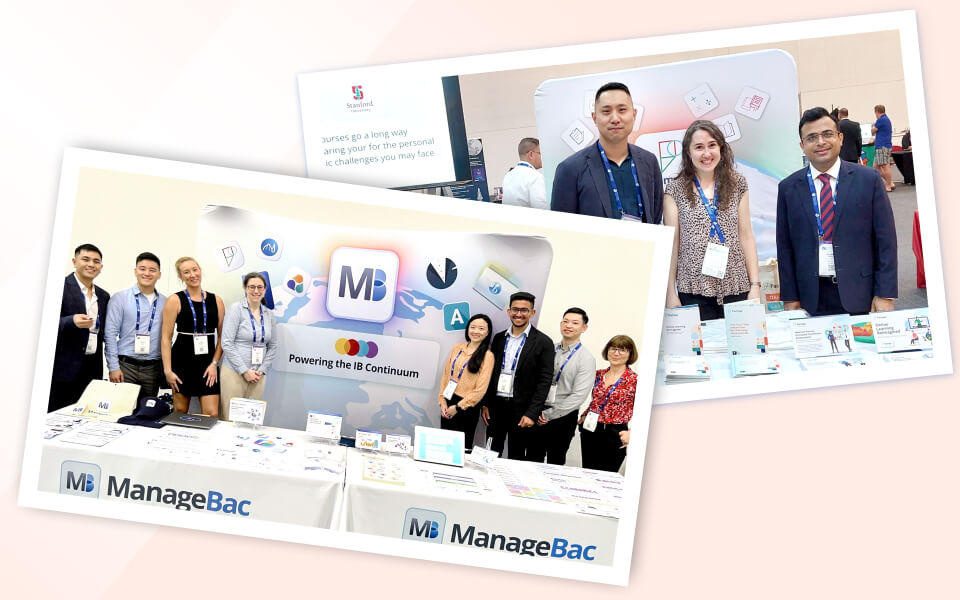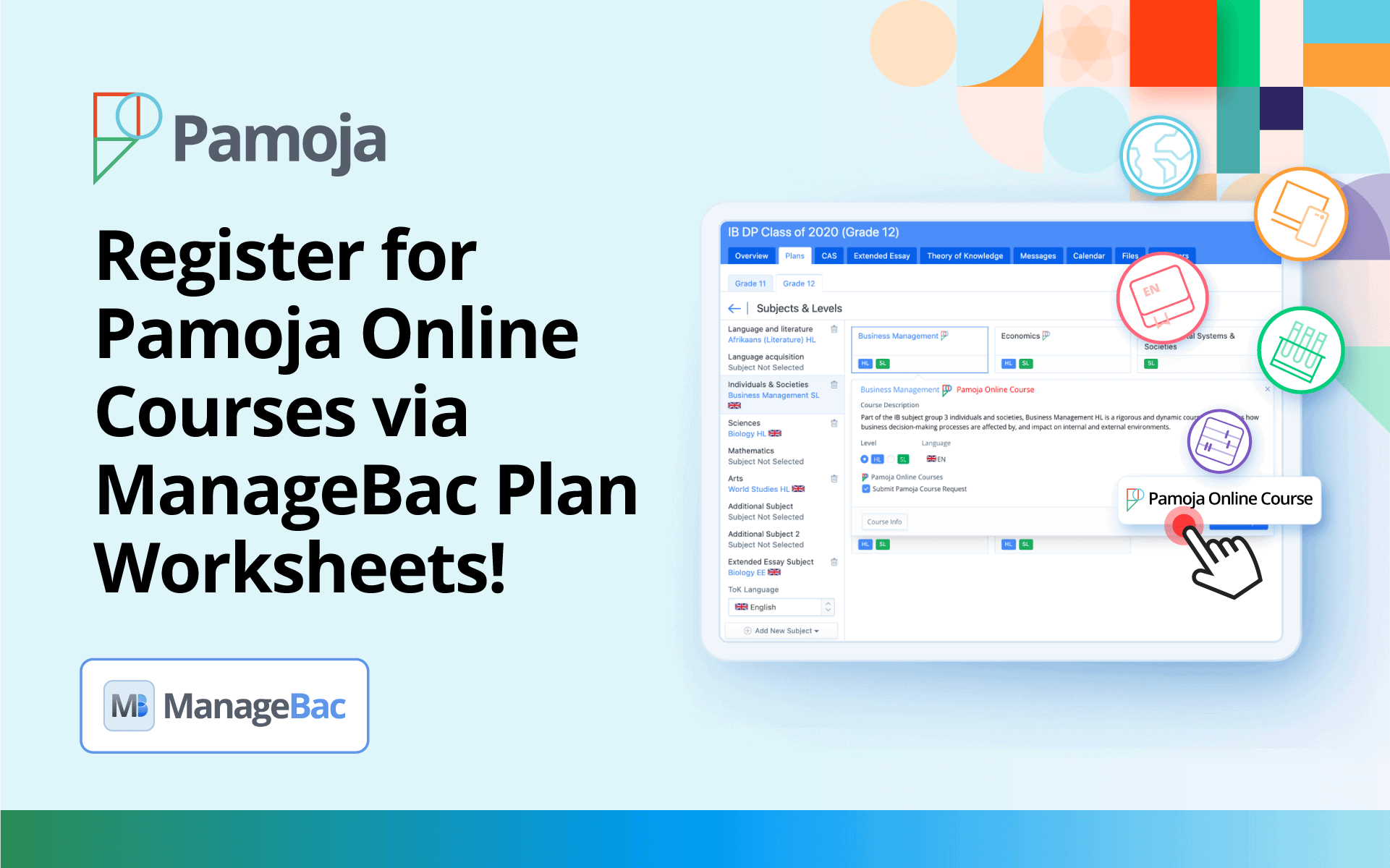Education models around the world come under fire for being outdated and irrelevant in the 21st century. Children now starting school are unlike children who started school a hundred years ago in many ways because the world they live in is vastly different. So, why do we expect the same (outdated) pedagogies to work? An education system is needed that excites, motivates and inspires children of the 21st century, providing them with the learning they need to fulfil their potential, both at school and in life.
The need for change has never been more pressing. It is not the fault of any particular individual, any one school, or even any one political party; instead, it is because of the fact that the world has changed so rapidly, and our education system has not been able to adapt quickly enough.
There has been an astounding shift in the way people consume information, and therefore learn. The entertainment industry provides a prime example of this, and also a real-world case study on how to deal with the changing environment. Although TV remains a staple in the lives of many, changes in how people consume this media have led the industry to focus on investing in ‘on demand’ applications. Through understanding the “timetabling” challenges modern life creates, the industry has created a new model that changes the balance from synchronous to asynchronous, to ensure they retain their audiences.
On demand asynchronous programming empowers individuals to watch, listen, and learn what they want, when they want, as opposed to the fixed broadcast times of the past. These digitally native Millennials are a driving force behind change, not only do they access all their broadcast content on the go, but they are used to finding information and instruction through Twitter and YouTube; they do not expect to have to wait until a specific time to be able to consume content.
The media sector has re-thought its model of delivery, using technology as an enabling factor, so that their audiences can use the tools that are already available, to access a wealth of excellent programmes when and where they want, and many have, or are, launching subscription-based online-streaming services. This demonstrates how the traditional (many of the programmes are the same as would be scheduled on TV or radio) can blend with online consumption to broaden access to high quality content; education should be the same.
We know students from primary school age and upwards use technology in their daily lives. So what is stopping the education sector from following in the footsteps of broadcast media, and using technology to empower a new learning model that blends synchronous and asynchronous content, through complementary teaching partnerships between cloud based subject matter experts and really great teachers on the ground, empowering learners to control their timetable, learn what motivates and inspires them, and develop the necessary skills so that they can own their futures.
In an “always on” global society, the opportunity for learning moments, irrelevant of time, geography or social demographic, is huge – educators need to consider how to stay relevant.
In the same way that the majority of consumers still watch live TV when it suits them to do so, traditional class-room education would not be replaced by this new model – it would simply be enhanced. There would be better access to resources such as high quality content, experienced teachers, a wider cohort of peers, and to subject matter experts, irrespective of curriculum or vocation. What’s more, this broader experience would create collaborative opportunities for peers and parents, and would prepare young people for the world beyond school. After 18, young people are no longer able to rely on teachers to solve their queries with the answers; they require knowledge acquisition and critical thinking skills to know how, when and where to learn and find information. After all, knowing an answer is easy, asking questions is tough.
Sign up to our monthly newsletter to keep up to date with all the latest Pamoja news.




